 Title: Collaborative Educational Applications for Underserved Children : Experiences from India
Title: Collaborative Educational Applications for Underserved Children : Experiences from India
Date of defense: 2018-10-13
Opponent: Payal Arora
Reviewers: Netta Iivari, Laura Malinverni
Supervisor: Markku Turunen
As interactive technology permeates into the classroom environment, it promises potential educational benefits to children across the world. In the Global South, however, certain communities are largely left out. This includes children with developmental disabilities, who face several social and cognitive challenges. Technology provides them a safe, controlled, and predictable environment for therapeutic and learning interventions. Children from underprivileged backgrounds face several socio-economic challenges towards access to technology that caters to developing 21st century career skills. These skills include fluency in communicating in English, proficiency in computer and internet usage, and ability to work in culturally diverse teams.
In this research, culturally appropriate gesture-based applications were designed, developed, and evaluated for children with developmental disabilities, at two centers of an NGO in New Delhi, called Tamana. The applications focused on social and life skills, where children with little verbal skills could use hand gestures, like pointing, to participate in collaborative tasks or practice buying groceries from a local store. Cross-cultural online collaboration using conversational English was explored with underprivileged children at another NGO in New Delhi, called Deepalaya. The children, who had little technology experience, used a web-based application with a Finnish partner to solve a navigational task. Overall, the outcome of this research is a set of guidelines for designing, developing, introducing, and evaluating technology for underserved children in India.
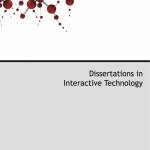 The School of Information Sciences publishes the Dissertation in Interactive Technology series (ISSN 1795-9489). Before 2005, dissertations in the HCI field were published in the report series of the (then) Department of Computer Sciences. Also after 2005 some dissertations have been published elsewhere, e.g. in the report series of the employer of the doctoral candidate.
The School of Information Sciences publishes the Dissertation in Interactive Technology series (ISSN 1795-9489). Before 2005, dissertations in the HCI field were published in the report series of the (then) Department of Computer Sciences. Also after 2005 some dissertations have been published elsewhere, e.g. in the report series of the employer of the doctoral candidate.
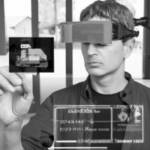 Title:
Title:  Title:
Title:  Title:
Title: 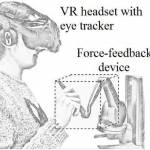 Title:
Title: 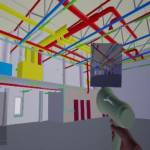 Title:
Title: 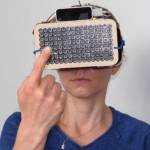 Title:
Title: 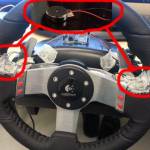 Title:
Title: 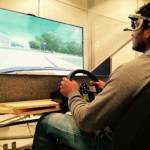 Title:
Title: 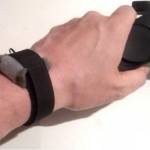 Title:
Title:  Title:
Title: 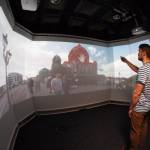 Title:
Title:  Title:
Title: 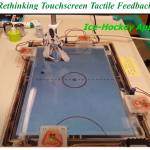 Title:
Title:  Title:
Title: 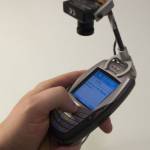 Title:
Title: 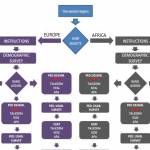 Title:
Title: 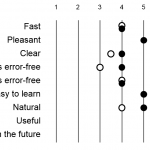 Title:
Title: 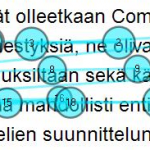 Title:
Title:  Title:
Title: 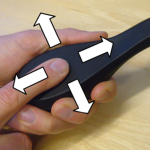 Title:
Title: 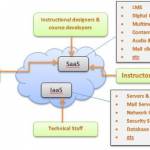 Title:
Title: 
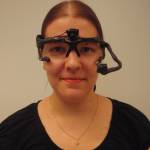
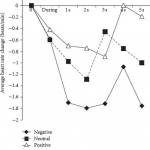 Title:
Title: 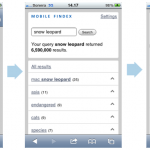 Title:
Title: 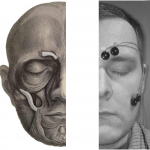 Title:
Title: 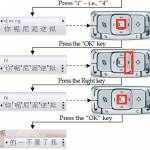 Title:
Title: 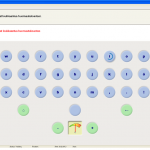 Title:
Title: 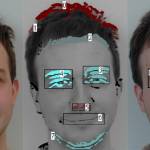 Title:
Title: 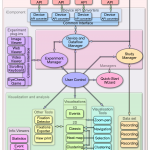 Title:
Title: 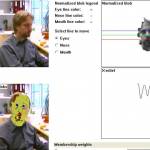 Title:
Title:  Title:
Title: 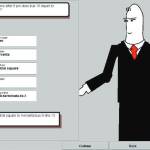 Title:
Title:  Title:
Title: 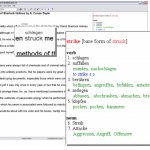 Title:
Title: 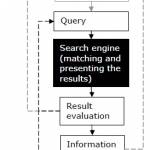 Title:
Title: 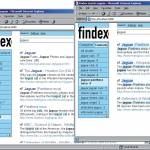 Title:
Title:  Title:
Title:  Title:
Title:  Title:
Title: 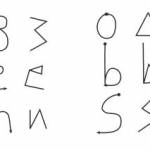 Title:
Title: 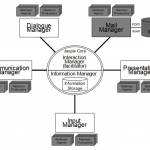 Title:
Title: 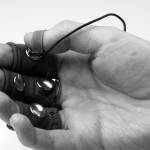 Title:
Title: 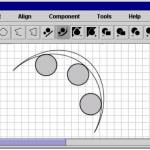 Title:
Title: